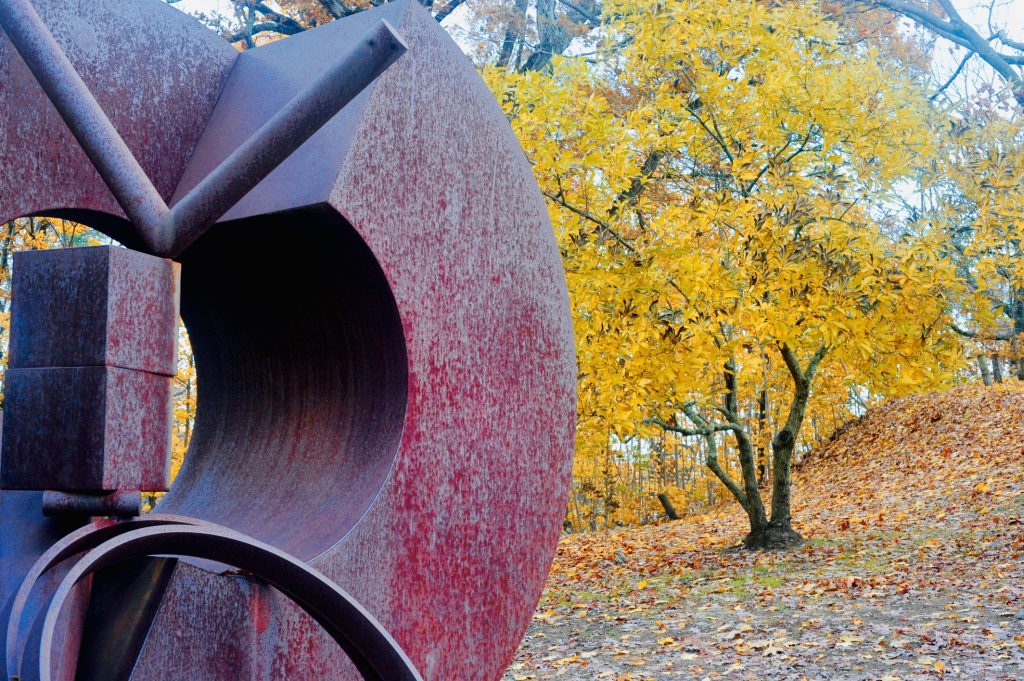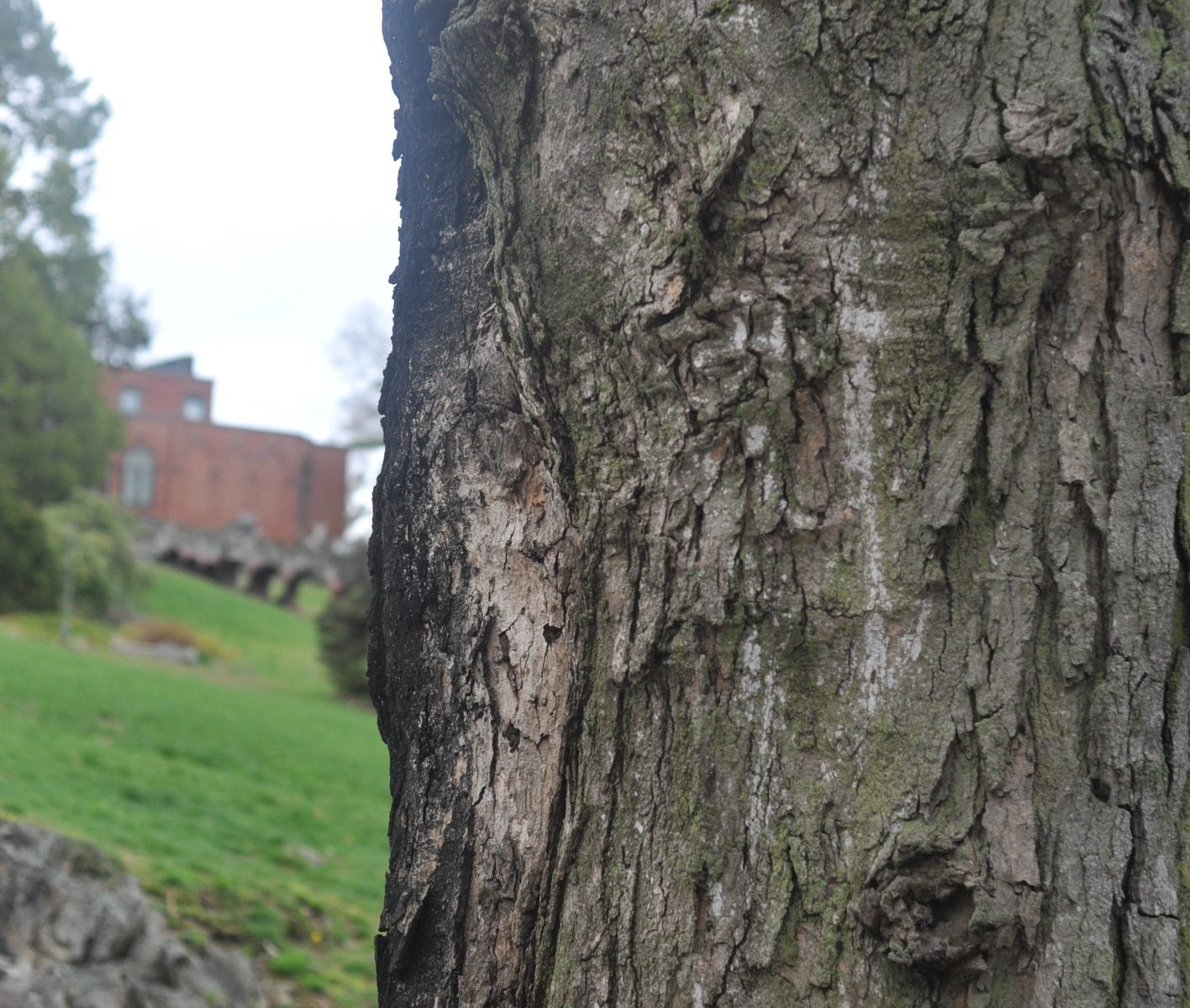In 1663, chemist Robert Boyle write to Europeans about a tree in the New World — the Sugar Maple — that produced a sweet substance. John Smith was among the first settlers who remarked about the Native Americans’ sugar processing that resulted in maple syrup. The first attested use of the word “maple” was in 1260 as “mapole,” and it also appears a century later in Geoffrey Chaucer’s Canterbury Tales, spelled as “mapul.”
Natives used its inner bark to make a tea to treat coughs and diarrhea. And after colonization, the plethora of uses only increased. People made soap from its ashes, used its bark as a dye, drank the sap as a spring tonic, and took the syrup to alleviate liver and kidney conditions.
The Sugar Maple is quite popular in the musical industry, as its wood carries sound waves well. The back, sides, and neck of most violins, violas, cellos, and double basses are made from maple. Electric guitar necks and many drums are commonly made from maple.

The Sugar Maple’s hard, heavy wood is used to produce baseball bats. During the 2001 baseball season playing for the San Francisco Giants, former professional left fielder Barry Lamar Bonds switched from the traditional ash wood baseball bat to one made of maple and hit 73 home runs — a new record. Miracle maple?
VISIT THE FRINGE TREE NEXT

